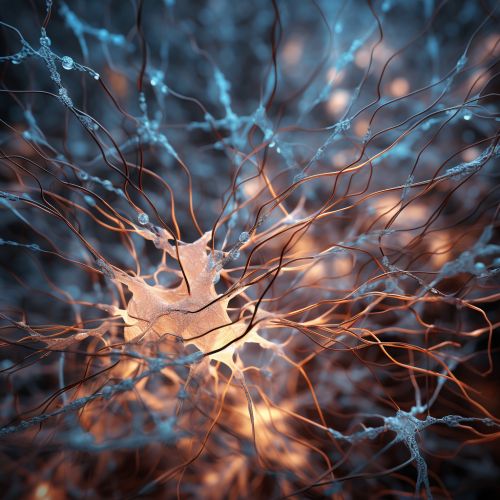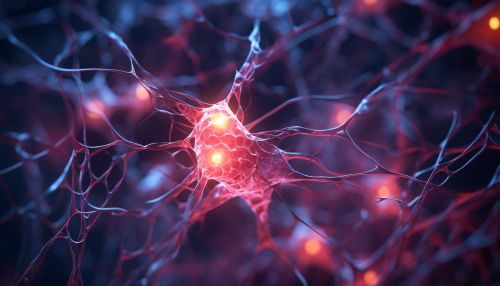Memory Encoding
Introduction
Memory encoding is a crucial process in the cognitive function of the human brain. It is the first step in creating new memories, involving the conversion of sensory information into a form that can be processed and stored in the brain. This process is fundamental to our ability to learn, remember, and interact with the world around us.


Types of Memory Encoding
There are several types of memory encoding, each playing a unique role in how we process and store information.
Acoustic Encoding
Acoustic encoding is the process of converting auditory stimuli into a stored memory. This type of encoding is often used when trying to remember verbal information, such as a phone number or a lecture.
Visual Encoding
Visual encoding involves the conversion of visual stimuli into memories. This type of encoding is used when trying to remember images, faces, or visual patterns.
Semantic Encoding
Semantic encoding is the process of converting sensory input into meaningful associations. This type of encoding is often used when trying to remember concepts or ideas, and it is considered the most effective form of memory encoding.
The Process of Memory Encoding
Memory encoding is a complex process that involves several steps. First, sensory input is received by the brain through our five senses. This sensory information is then converted into a form that can be processed by the brain, a process known as encoding.
Once the information has been encoded, it can be stored in the brain for later retrieval. The storage process can be short-term (also known as working memory) or long-term, depending on the importance and relevance of the information.
Finally, when the information is needed, it can be retrieved from storage and brought back into conscious awareness. This retrieval process is what we typically think of as 'remembering'.
Factors Influencing Memory Encoding
Several factors can influence the effectiveness of memory encoding. These include attention, repetition, emotional state, and the type of information being encoded.
Attention
Attention is a crucial factor in memory encoding. Without proper attention, information may not be effectively encoded and therefore not stored in memory. This is why distractions can have a significant impact on our ability to remember information.
Repetition
Repetition is another important factor in memory encoding. The more times information is repeated or reviewed, the more likely it is to be effectively encoded and stored in memory. This is the principle behind the effectiveness of study techniques such as flashcards and spaced repetition.
Emotional State
Our emotional state at the time of encoding can also influence how well information is stored. Research has shown that emotional events are often remembered more vividly and for longer periods than non-emotional events. This is due to the role of the amygdala, a part of the brain involved in emotion processing, in memory encoding.
Type of Information
The type of information being encoded can also influence how well it is stored. For example, information that is meaningful or relevant to us is often easier to encode and remember than information that is not.
Memory Encoding and the Brain
Memory encoding involves several areas of the brain, each playing a unique role in the process.
The hippocampus is a key player in memory encoding. It is involved in the consolidation of information from short-term to long-term memory.
The prefrontal cortex is involved in the processing and encoding of complex information, such as semantic encoding.
The amygdala is involved in the encoding of emotional memories, enhancing the strength of the memory in response to emotional stimuli.
Disorders Related to Memory Encoding
There are several disorders that can affect the process of memory encoding. These include Alzheimer's disease, amnesia, and dementia. These disorders can result in difficulties with memory encoding, leading to problems with memory loss and forgetfulness.
Conclusion
Memory encoding is a complex and vital process in the human brain. It involves the conversion of sensory information into a form that can be stored and retrieved, allowing us to learn, remember, and interact with the world around us. Understanding this process and the factors that influence it can provide valuable insights into how we remember and why we sometimes forget.
